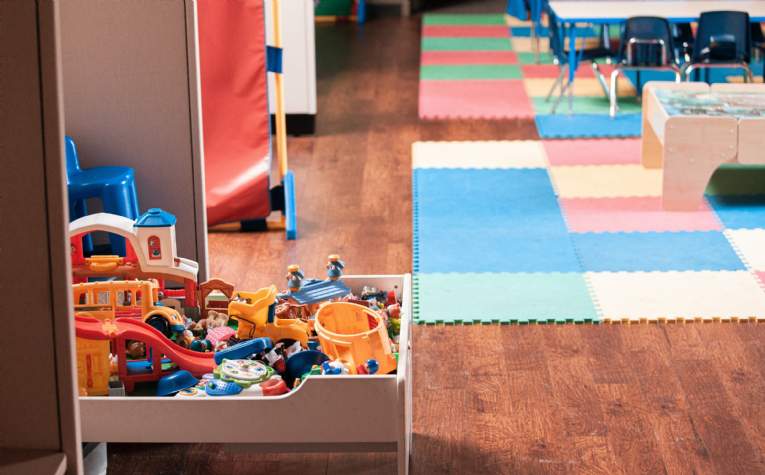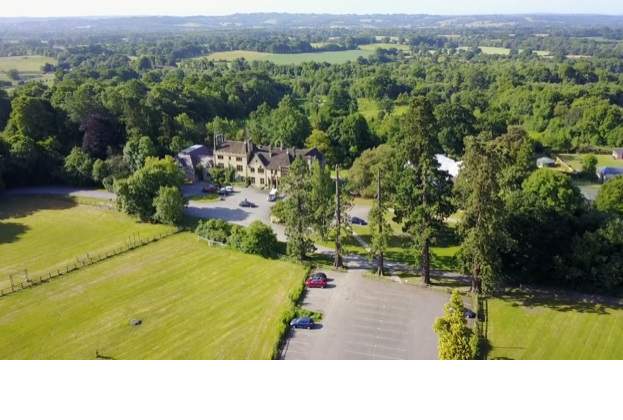Here are four of the most important factors to bear in mind for anyone planning a new education space.
Ask & listen
The simple act of asking people what they want from their space has a demonstrable relationship with their satisfaction with that space (as well as giving estates teams the information that they need to plan changes).
Savills latest What Workers Want survey of office employees shows that across the UK and Europe, the lower the percentage of people who have been questioned about their workspace, the less happy they report they are with that space.
Pre- and post-occupancy evaluations are increasingly common in the corporate sector, and we are now seeing the evolution of apps and polling points that allow live feedback on workplace factors and user engagement and happiness. Do not be afraid to ask people what they don’t like about a space as the solution might be easier to implement and more effective than giving them what they think they want.
No barriers
A high-performing space is one that does not put up barriers to people using it in whatever way that they find most efficient. This is true in terms of the management of the space, its configuration and its technical porosity.
The ability to do different types of work and study must be accessible and convenient to all and buildings must not be a barrier to today’s (and tomorrow’s technology). Wifi access must be ubiquitous and easy to log into and 4G blackspots must be eliminated.
At an even more basic level there must be ample accessible power sockets to enable occupants to charge their devices. High-performing office buildings are increasingly using the WiredScore rating to market themselves as technologically porous and future-proofed and we expect to see more educational estates adopting similar practices in the future.
Flexibility is key
Activity Based Working (ABW) is here to stay as it recognises that different people work and study in different ways throughout the day. Spaces must be offered in reasonable proximity to each other to enable this and estates must be planned to enable flexing of different types of workspace over time.
ABW also has a major part to play in supporting physical and mental wellbeing, as it encourages people to move about, as well as recognises that different personality types will be happier in different space configurations.
Identity and belonging
The spaces in which people study and work are the most visible illustration of an organisation’s brand and aspirations. While the quality of teaching is the key driver of student achievement, we would argue that the quality of space is increasingly becoming the key driver of satisfaction. Furthermore, poor spaces will act as barriers to great teaching.
Great spaces should also foster community by enabling people to come together formally or informally to share ideas and experiences. Students or workers who are proud of their space will be great evangelists for your brand, as well as happier and more productive.
Further information
Read more: Spotlight Higher Education
.jpg)
.jpg)
.jpg)
.jpg)
-act-promoting-sustainable-travel-to-school.jpg)

.jpg)
